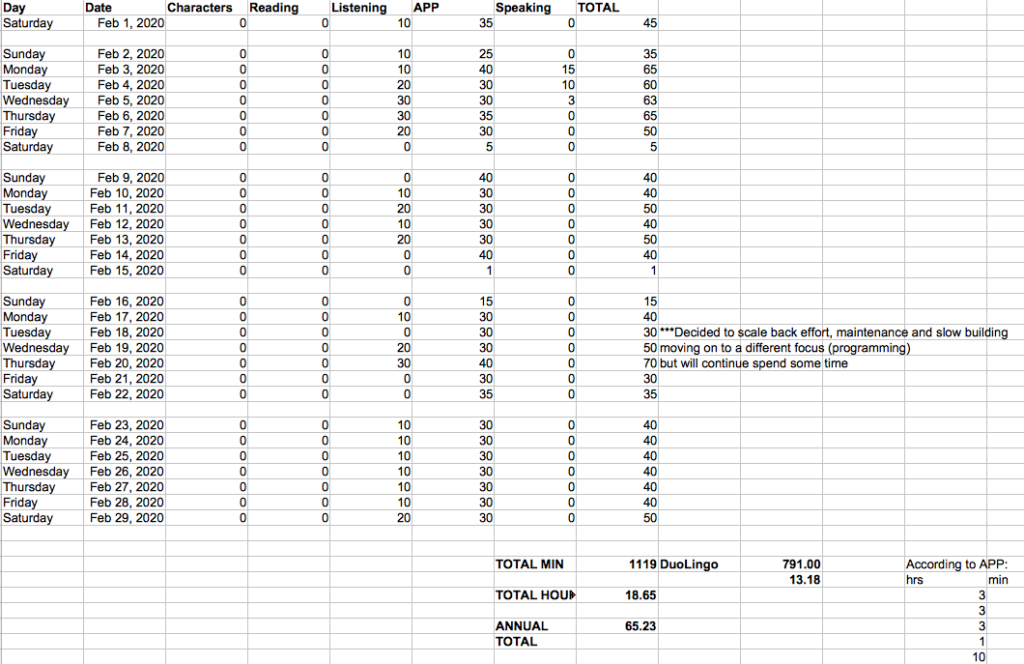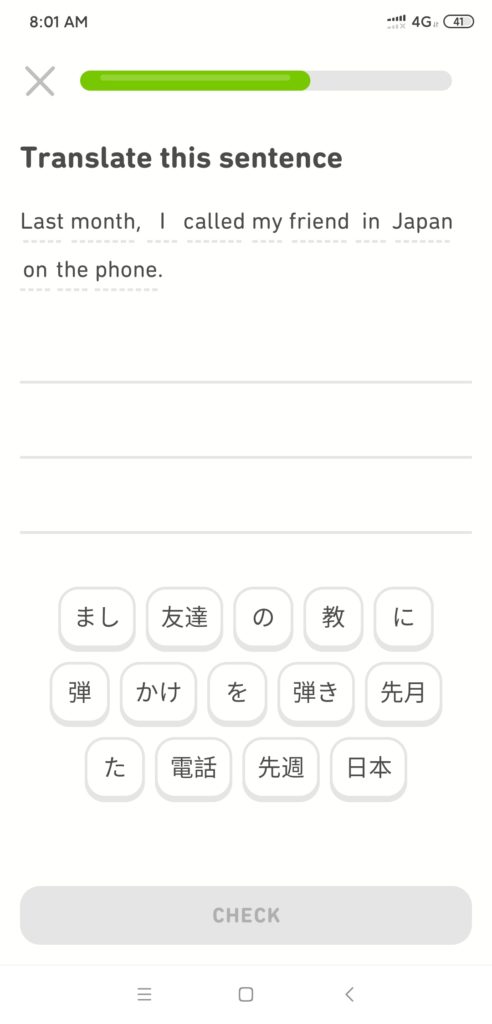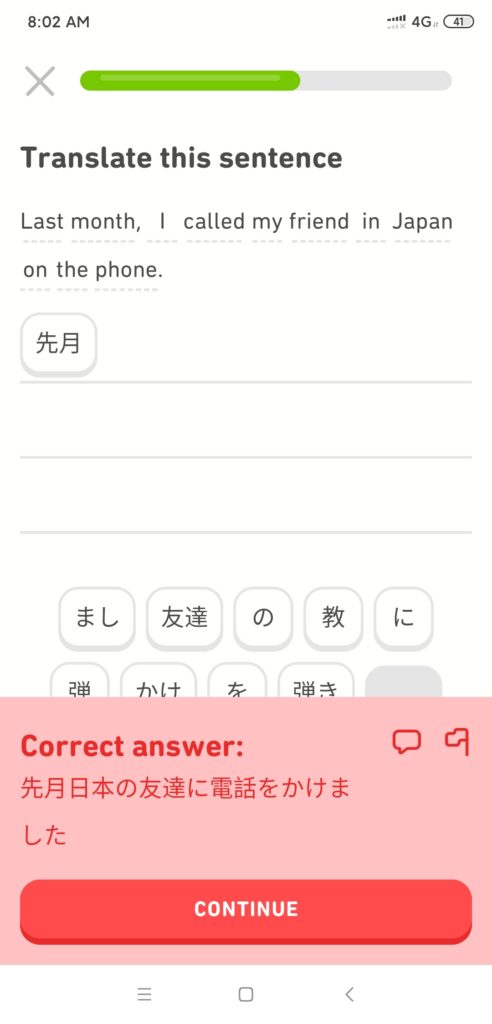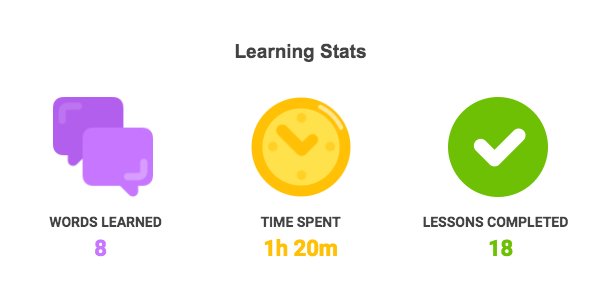This will probably be my last progress report for a while on my attempt to learn some Japanese as it looks unlikely I will get a chance to go to Japan any time soon, especially since the number of Coronavirus cases in Japan has increased significantly in the last few weeks. This is too bad because I do see other people booking trips to Japan at this very same time, but they do need to be careful that their flights aren’t eventually delayed or cancelled.
Anyway, if you’re not already aware, China has been hit by the New Coronavirus (Covid-19) and that has sent shockwaves around the world, and some of those shockwaves affected flights in and out of the country. As a result, my trip to Japan was cancelled and so the immediacy of learning Japanese lessened substantially. I’ll still keep plugging away at it day by day I don’t feel the same urge to commit to studying as there was when I first started this project.
Anyway, below I present a brief summary of what I was able to gain throughout my six weeks of studying Japanese.
For the record, here is my tracked hours for February 2020, though I do think I listened to Japanese radio for more than 10 minutes per day. Either way, my main focus was to continue working my way through the Duolingo course.

Now, on to what I learned.
First and foremost, I developed a familiarity with the language. This will be especially important should I choose to re-dedicate myself to the language later on. This might seem like a trivial thing but one of the important things when learning a language is to understand where the word breaks and breaths are. I can’t say I understand everything when I’m listening to a radio broadcast but I am getting familiar with how the language sounds overall.
One of the important parts of how Japanese sounds to the ear is incorporating the particles throughout the sentences, such as は “wa” and を “o”, which help define the grammatical function of the word in the sentence. Getting used to saying these things and hearing them used in spoken language was one of the things I wanted to get used to.
Second, although studying Japanese has been a refresh of sorts from learning Chinese, it is much more difficult to learn due to the variations in pronunciation. I’ve hardly scratched the surface of being able to say things as they are supposed to be said within a given framework, never mind the entire gamut of politeness. Be it the numbers (cardinal (one two three) or ordinal (first second third)), months, him/her, etc., they all have variations. I can see how someone would need to sit down and simply memorize these things in order to make them come out naturally in spoken discourse.
I’ll note here that, although I’m still studying Chinese, I find that the two languages are not interfering with each other. Instead, I find I’m able to get the gist of a sentence in Japanese because I know what the word means in Chinese. There are some characters that I’ve never come across before in Mandarin since some of the Kanji are in Traditional Chinese, not the Simplified that I’m studying. This character recognition has been especially helpful in figuring out “this day / week / month” and other time markers.
Third, learning became a bit of a slog due to the APP I’m using. Whereas I could have gone through a few lessons in 30 minutes at the start of my studies, I find I’m now taking longer to go through less content. One of the reasons for this is that the sentences they use are getting longer and, although the grammar isn’t very complex, Duolingo does not focus on explicitly teaching grammar. Instead, it often will give a sentence made of small elements you’ve seen before but maybe not in the same usage. What that means is that you can slowly piece the sentence together but, overall, your ability to rip through the lessons will be severely affected. Here is an example of a sentence thrown at me during one of the lessons:

With no real preparation before this question arrived, it was difficult to figure out how to piece together all of the words. Keep in mind, each word in Japanese usually has an accompanying particle (as I mentioned above), so that gives some clue. But not much to a beginner.
Here’s the answer:

I gave up after the first word. You’ll note that I was doing this at 8.01 in the morning so my brain wasn’t exactly awake just yet.
Fourth, the content became detached from what I would have needed if I did go to Japan. Although Duolingo’s course is rather broad and lengthy to boot, it does not specialize and neither does it focus your attention on any one important detail. Instead, it takes you from an easy set up to a progressively more difficult language requirements as you progress through each step.
One of the notable elements of Duolingo is that each “Step” has five levels, noted by the “crowns” awarded at the completion of each round. Each grouping then has anywhere from five to seven “rounds” or lessons and after each lesson you will receive a crown to mark your progress through that particular category. Each step focuses on a certain vocabulary and sentence pattern and utilizes a lot of repetition to drill the concept into mind. Although this is a good practice, as with the example above, when you get to the higher levels it can become more difficult to move along at the same pace as at the beginning. Instead, for me, I seemed to slog away at the same step for a much longer period and I found my interesting waning as a result.
This is how far I got into the Japanese course on Duolingo:

Overall, I managed to crush my way through the first two “levels” of Japanese before hitting the wall in my desire to continue. Without some other encouragement to continue the language, I’m not sure I’ll be able to progress as much as when I first started out six weeks ago. I don’t want to just stop studying, mostly because I’ve been able to work it into my daily routine, but at the same time, I think my efforts might be better focused on other things at the moment.
And with that, on to the next project!
